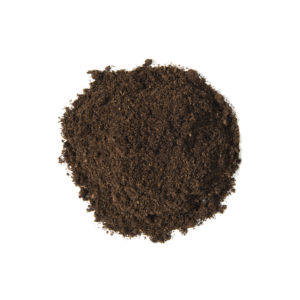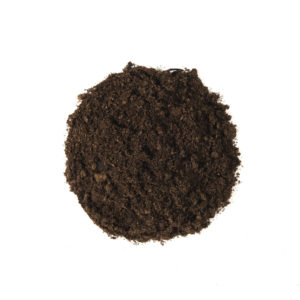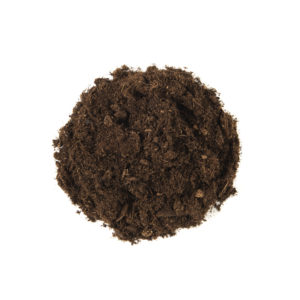This video shows the difference in structure and the recommended pot size that goes with the different fraction substrates. If you don’t feel like watching a video right now, you can just read on and we’ll explain a little more in writing.
Fine fraction substrates

Common pot sizes: small pots and trays (<10cm)
This type of growing media has a small particle size. This fine structure makes it optimal to use for the propagation of plants in trays. The use of a fine mixture enables the roots of young plants to optimally work their way through the substrate. This helps them develop a strong and full root system within a short amount of time.
Medium-coarse fraction substrates

Common pot sizes: 10-14 cm
Medium-coarse substrate has some larger particles and is best suitable to be used in medium sized pots. The larger particles provide some structure to the growing media needed for the medium sized pots.
Coarse fraction substrates

Common pot sizes: 12-17 cm
The mix has some much bigger particles for use in big pots and containers. The larger containers require a coarse substrate with large particles. The coarse fraction provides the necessary structure for the substrate mixture. Usually mixtures like this have a porous and airy structure, which ensures successful root development.
Learn more about peat in substrates
Would you like to learn more about peat based substrates and the excellent properties of peat?
Read our article: “Peat the supreme substrate raw material”
Or: “Beneficial microorganisms in peat”

